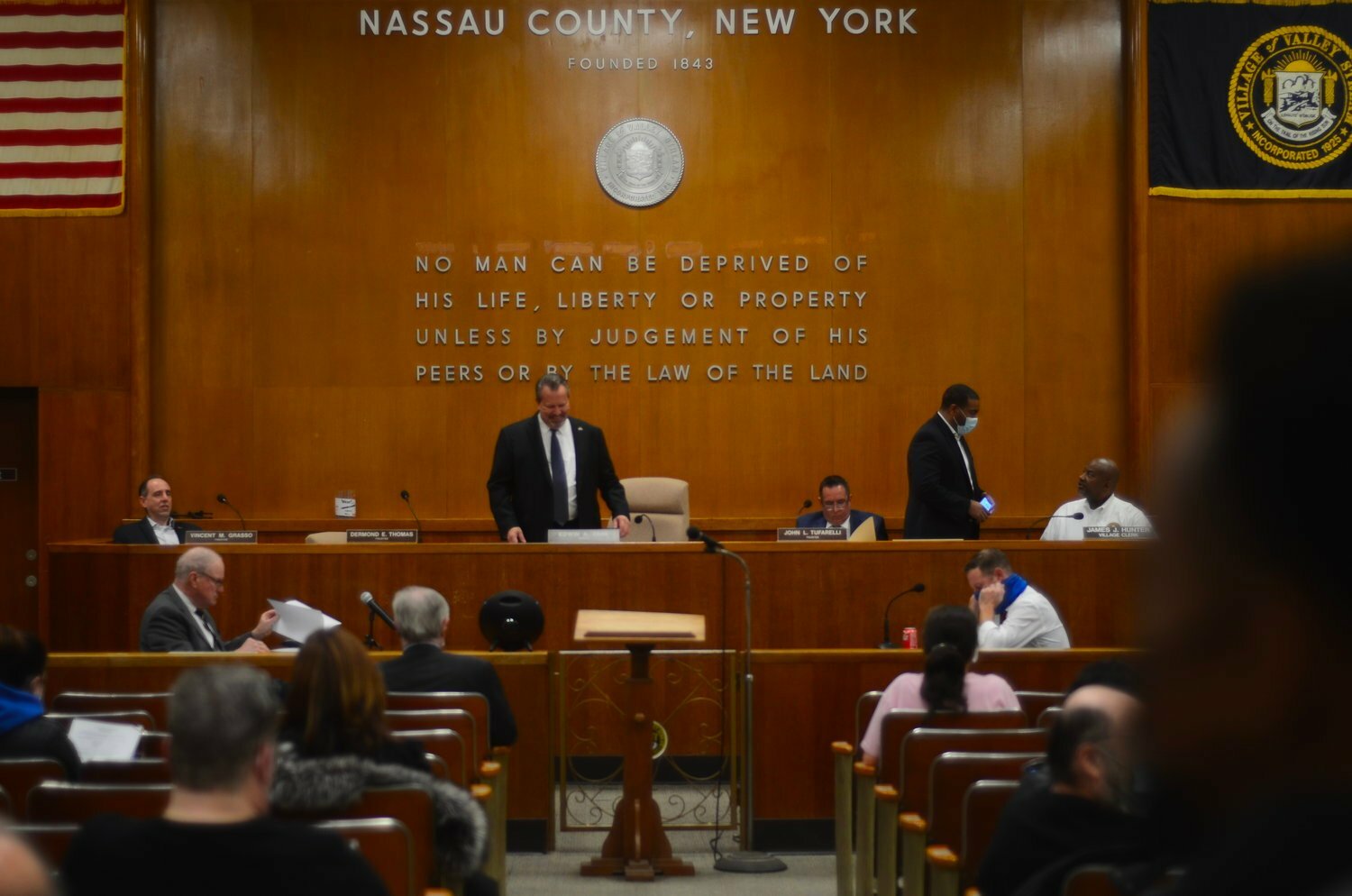Moody's upgrades the Village of Valley Stream's sour credit rating, explained.
Its credit rating is on an upswing, but more needs to be done to keep the momentum going.
After years of mounting fiscal stress leading to a massive downgrade in creditor confidence, the Village of Valley Stream’s financial situation is bouncing back.
Moody’s Investor Service, the Manhattan-based firm that assigns credit ratings to bond securities, also sees cause for a better fiscal future. In 2019, the village’s once-feted Aa credit rating from Moody’s Investor Services sunk to Ba1, its lowest rating in history and a level financial experts regard as an investment liability.
The rating remained unchanged until recently when its less-than-stellar investment grade climbed one notch higher from Ba1 to Baa2.
Why does good credit matter?
Villages in good credit standing are seen as dependable in meeting their financial debt obligations. Ba1 ratings indicate high-risk investments and often reveal that a borrower is substantially underperforming in its ability to pay interest over the life of a bond and return the principal on time and in full. Those with Baa2 show moderate risk and therefore have a higher seal of dependability.
As to the reason for the rating upgrade, Moody’s pointed to “the village’s progress toward maintaining an adequate financial position” and the village’s stable economy with its “steady tax base and socioeconomic indicators and a moderate leverage position” in its assessment.
The village has increased taxes and cut spending in the last few budget cycles in attempts to rectify an uneven balance of village expenses and income which has inflicted economic stress.
A history of fiscal challenges
In 2015, New York State Comptroller Tom DiNapoli placed Valley Stream on his list of municipalities susceptible to fiscal stress. In 2017, this label increased to moderate fiscal stress and was elevated to significant fiscal stress in 2020. Additionally, the village’s debt rating was downgraded by Moody’s in 2019, when the firm pointed to years of fund deficits as well as an error in debt service budgeting alongside other factors.
The increased rating from Moody’s reflects Valley Stream’s positive movement towards balancing expense and income funds and making progress away from fiscal stress.
The village budget for the 2024-2025 fiscal year, which began June 1, provided a $1.5 million increase from the plan for the 2023-2024 fiscal year.
This budget also includes a 2.59 percent tax rate increase, which the village predicts will raise $34.6 million, avoiding the 2 percent tax cap due to a carryover provision in New York State law.
Moody's forecasts continued financial improvement
Such tax increases follow the trend in the last few years’ budgets of increasing village income to manage funds. Harlene Liriano, Associate Lead Analyst at Moody’s Ratings, said that Moody’s predicts the balance to further increase.
“We expect recurrent surpluses to continue and material improvement in financial reserves,” Liriano said. “Their available fund balance at the end of fiscal 2023 was approximately 7 percent of revenues following several years of lower reserves. Management projects a surplus in fiscal 2024 that will add to available fund balance bringing them closer to the median for the current rating category.”
Village treasurer Michael Fox declined to answer specific questions about how the village plans to further improve its credit rating and what exact measures he believed helped raise the village’s credit standing in the eyes of Moody’s.
Instead, he said in a statement: “...The village is very pleased to announce an upgrade in our bond rating. We always have and will continue to strive to provide the best services for our residents at the most efficient cost.”
Moody’s assessment added that the village government’s “ability to project year end results and develop structurally balanced budgets” will be essential to the debt rating increasing further.
Lawrence Levy, dean of suburban studies at Hofstra University, said that the credit increase can help the village “both fiscally and psychologically.”
“It means that the next time the Village goes out to borrow, it should pay lower interest rates than it would have without the improvement and have a lower debt service, which should be less to pass along to taxpayers,” Lawrence said. “It also can send a message that the people in charge, who would be blamed if the credit rating went down, can say they are competent fiscal stewards. And in these cynical times, anything that boosts public confidence in government can’t hurt.”
Have an opinion on this article? Send an email to jlasso@liherald.com.






